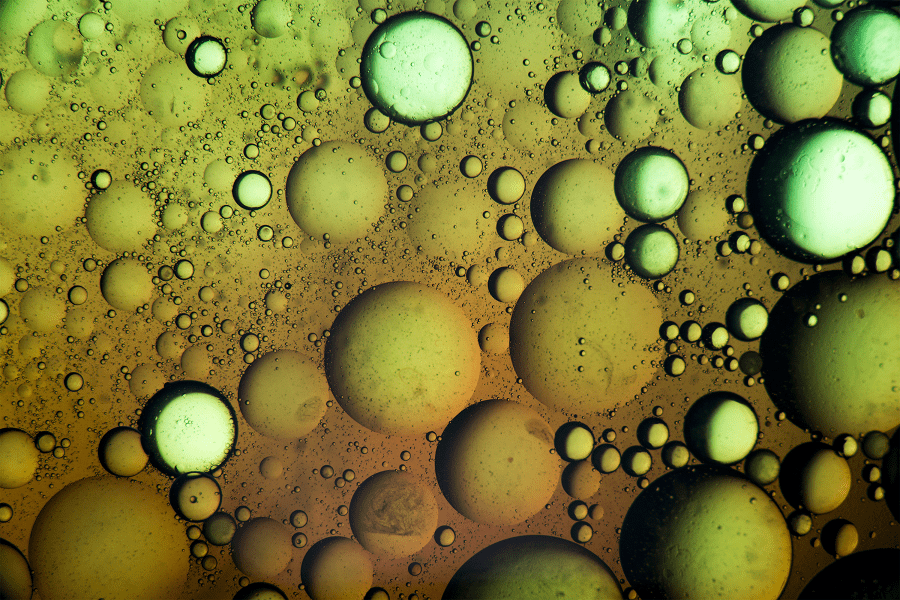Simply put, solvents are substances that dissolve other substances. In chemistry, this property of solvents is used to create complex formulations that are made for specific uses. Although cleaners that contain solvents vary widely in terms of applications and...











